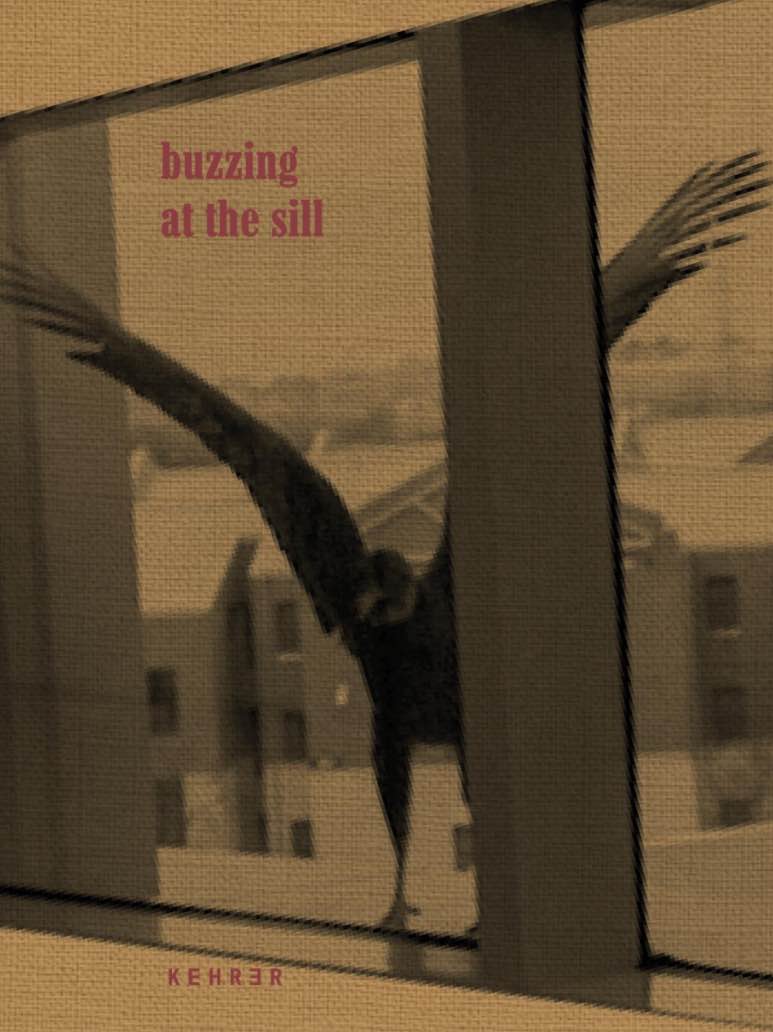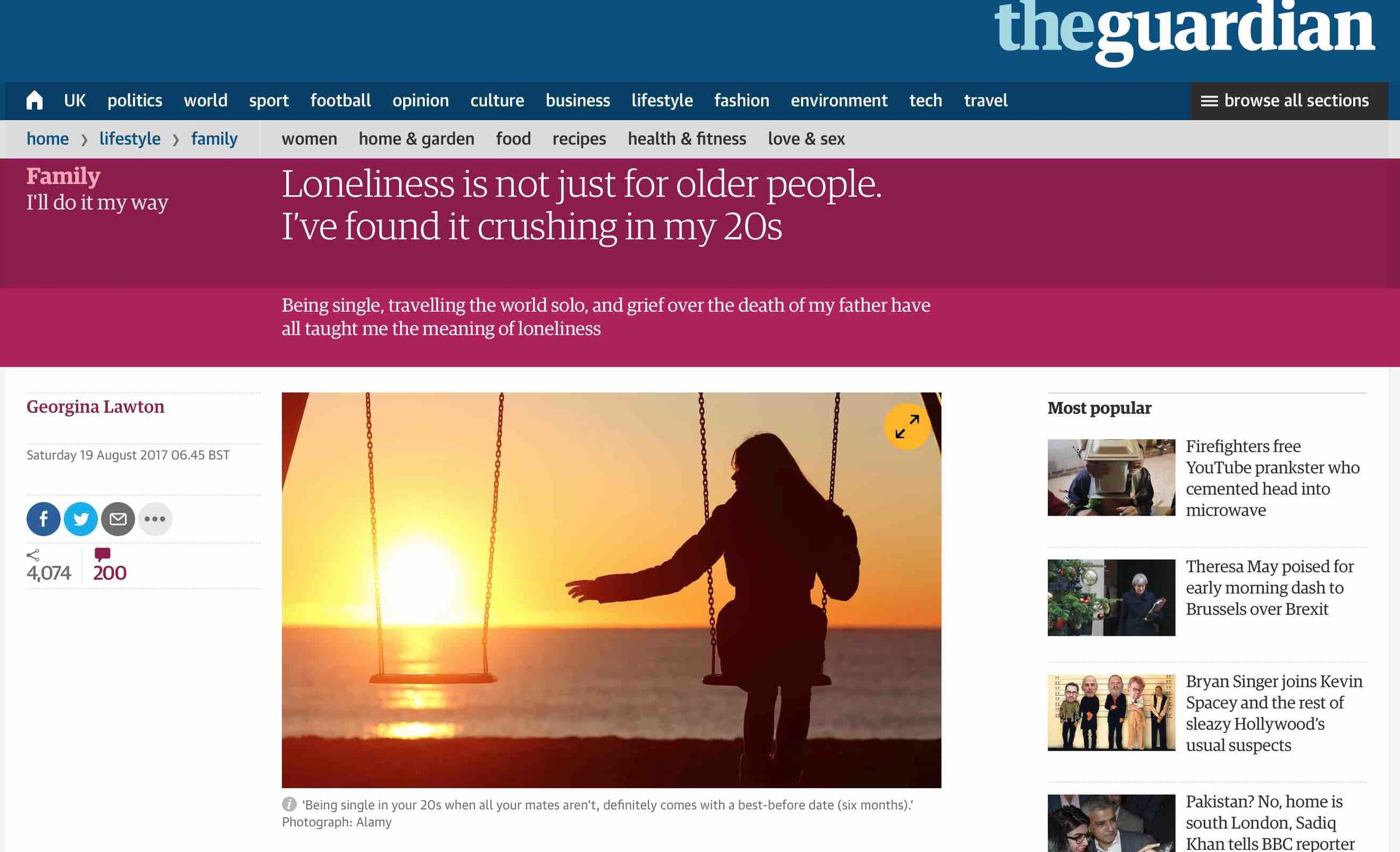“A photograph evokes the tangible presence of reality”
John Szarkowski, 1966
The Nature of Photographs, 2nd edition, by Stephen Shore
This week we were challenged to examine how the context in which photography is consumed affects the reading of the work, and then how this might relate to our own practice.
The week was titled ‘the shape shifter’ which suggests the potentially wide-ranging scope of such a discussion. The presentations introduced some key texts relating to this debate, one of which ‘The Nature of Photographs’ by Stephen Shore, I already had in my collection and have thus re-read this week.
The first text we were asked to reflect on was ‘The Photographer’s Eye’ by John Szarkowski (1966). Szarkowski proposed five characteristics inherent to all photographs:
- The thing itself
- The detail
- The frame
- Time
- The vantage point
Szarkowski argued that these characteristics could form a common vocabulary with which all images could be discussed.
The term ‘the thing itself’ evokes the belief that has long been thought to establish photography as separate from all other visual practices, that being its ability to directly represent or truthfully reproduce the ‘real world’. My view however is that photography has moved beyond the strict necessity of being tied to, or responsible for, representing the real world. So many questions arise from the preceding sentence alone, that it immediately becomes clear that attempting to hold photography to this lofty obligation is unrealistic. What is ‘real’, and whose ‘world’ is photography supposed to depict? And why should photography be expected to represent reality when other visual practices are not held to the same standard?
“Where a painter starts with a blank canvas and builds a picture, a photographer starts with the messiness of the world and selects a picture”
Stephen Shore, p37, The Nature of Photographs
Examining the other four criteria that Szarkowski proposes further loosens the imperative of photography to be a facsimile for real life. Each of these variables, applied by different practitioners, would result in a different photograph even if ‘the thing itself’ was unchanged. The idea that the photographer selects a fragment of the world in front of them on which to focus their attention and to act as the substrate from which they will derive their image renders this debate redundant to my mind.
Reality is such a subjective concept, particularly in the digital age. Photographs now often rarely ever exist in any physical sense, and thus never have any tangible connection to the world in which they were created. Photographs now mostly act as a conduit of visual information from one location to another, from a point of origin to a destination in the viewer’s occipital cortex, via a screen or hard drive far removed from where the image was first captured.
I think a photographer must find a way to accept this current state of affairs and seek to master different ways to harness this conduit, this fizzing superhighway of visual information, to best communicate to their anticipated audience, all the time accepting that this audience may never be known in any real sense and that the image at all times can find its way to places that the photographer could never have originally conceived of.
So, no pressure!
For myself, I don’t feel bound by a commitment to represent the reality of the scene in front of me. The scene has always served as a starting point from which to create an image that most truthfully represents my inner reality. The challenge for me has always been more that of selection, giving myself the broadest range of possibilities to paint the picture in my mind. To date, the night time has always been the first criterion, mainly because it allows me to most easily access the internal visual landscape that my photography is usually trying to chart.
Of Szarkowski’s 5 criteria, the one that resonates most readily with me is the idea of ‘time’. Photographs have the power to communicate across time in a powerful way and for me images have always held the power to evoke memories and emotions from years ago, in a way that I still don’t fully understand. In the context of my current work being shot mainly at night, there’s the immediately evident fact of time being crucial in the exposures and the way that time can be used to manipulate the way that light is represented.
Stephen Shore’s book openly builds on the propositions made by Szarkowski before him. I have always been drawn to Shore’s work, not least because of his idea of elevating the ordinary to the level of interesting photographic possibility. I believe (as does Shore I’d say) that the world around us offers endless interesting viewpoints, with beauty to be found in apparently unexpected places.
“The context in which a photograph is seen effects the meanings a viewer draws from it”
Stephen Shore, p26, The Nature of Photographs
Shore’s quote above seems difficult to argue against. The same photograph viewed in a gallery would seem to carry a different meaning to the same image viewed as part of a video slideshow or on the back of a cereal box.
To consider the contexts in which my work has been, and could best be seen in the future, I’m not sure I have a great handle on this at the moment. Before this MA I’d already had work exhibited in a gallery setting and early last year had work displayed in an online context also.
Since the course began, I’ve made a small book and in the break between modules also experimented with t-shirts. Trying to sell these proved to be a total flop (for a variety for reasons I’m sure). The context in which images may be optimally displayed is possibly not the same thing as the context in which a potential audience may wish to view them. The question then becomes, how does the photographer reconcile that difference? For example, increasingly I feel that sharing my images on Instagram does them a disservice, as displaying them at the sizes native to most devices makes it impossible to appreciate the details and gradations of light on which the messages I hope to communicate in my work depend. Also, there seems to be a futility attached to sending these thumbnails out into the turbulent sea of images in the hope that they will catch someone’s eye. It just feels pointless.
How can you hope to communicate your nuanced message in a vast arena full of shouty people? This is a question I haven’t yet resolved. Most certainly though, my work on this course will benefit from a clear understanding of the context that best suits it. I plan to keep experimenting in the weeks ahead in the hope that I can gain a clearer idea of the best way to place my work.
References:
SHORE, Stephen. 2007. The Nature of Photographs. London: Phaidon.
BATE, David. 2013. ‘The digital condition of photography: cameras, computers and display’. In Martin LISTER (ed.). The Photographic Image in Digital Culture. Routledge, 77-94.
























